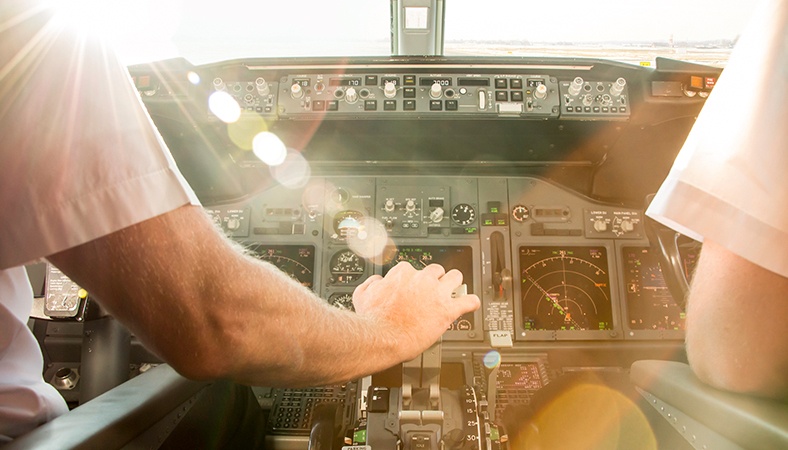“In the airline business, there are six avoidable deaths for every 10 million flights. In the healthcare sector, it appears that there are six avoidable deaths for every 10 thousand hospital admissions.”
In bygone decades, the airline business has invested time and energy to focus on the “soft side” of safety in addition to the “hard side”. This blog describes what the healthcare industry can learn from the aviation business in the field of safety.
Focus on the "soft side" of safety
In order to learn from other high-risk sectors, safety improvements in healthcare are often derived from those in place in the aviation industry. Not only because a comparison is made between pilots and surgeons as related professional groups. There are more parallels. Just as in healthcare, the consequences can be substantial if an error is made. But making mistakes is only human and that is why the airline business has invested time and energy in bygone decades to focus on the “soft side” of safety in addition to the “hard side” (such as standard procedures and protocols). Transparency, openness and focus on learning instead of reproaching. Not blaming the individual but learning as an organisation takes centre stage. This enables the airline industry to learn systematically from mistakes, even each other’s mistakes.
“Airline safety can be attributed to an open culture. That’s also the way to go in the operating theatre.”
Report incidents safely
An important element in this open culture is the opportunity to report incidents safely. Calamities in healthcare are often reported in the media as being part of the conspiracy of silence or simply that incident reporting just doesn’t happen. Here too we can learn from the airline business. There, it is not only the incident that is reported, they go one step further. When a pilot makes an error that he believes could overcome a fellow pilot, a meeting is convened. Without loss of face, the pilot can inform his colleagues about what happened. This makes fellow pilots even more aware of the risk and associated consequences.
We can learn from the airline business and how that works with standard procedures and checklists (hard side). But care professionals need to talk more about their mistakes and call each other to order in the event of deviation from the agreements (soft side).
The importance of an open and learning culture
Insight into the importance of an open and learning culture has enhanced airline safety. Care professionals want nothing more than to deliver safe healthcare to patients. The impact of calamities is substantial for both patients and bereaved family and friends. Hospitals work hard to create an open culture in which blame-free incident reporting and bringing the issue out into the open belong to standard patterns of behaviour. Only in this way can one learn from incidents and calamities.
Safety is a joint effort!
Like to know more about interventions that you can apply to create culture change? Download the eBook 'Safety is our joint effort!' about creating a healthcare safety culture.





